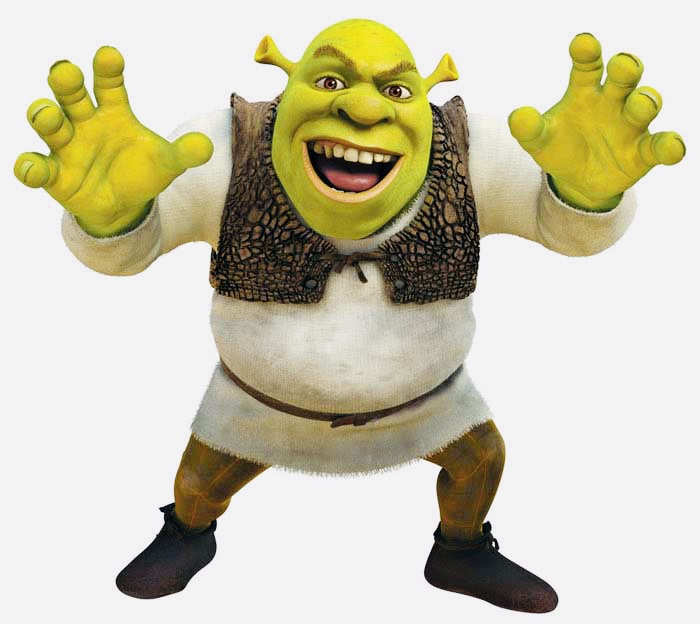There are heroes whom everyone knows – from young to old. We bring to your attention the rating of the most popular “cartoons”.
1. Mickey Mouse
First screen appearance: 1928. This funny mouse in huge boots, created by the father of animation Walt Disney, is a real symbol of American pop culture. However, not everyone knows that the famous actor of a bit of cinema Charlie Chaplin became the prototype of Mickey, and until 1947 he was voiced by Disney himself.

2. Tom and Jerry
First screen appearance: 1940. The second line of the rating is occupied by two heroes at once – the insidious mouse Jerry and the diligent, but stupid cat Tom. Their parents, American animators William Hanna and Joseph Barbera, created more than 160 short episodes with the characters, and cartoons won universal love not because of the numerous scenes of violence and cruelty. Excellent portrayal, exciting storylines and amazing musical accompaniment – that’s what brought the series seven Oscars.
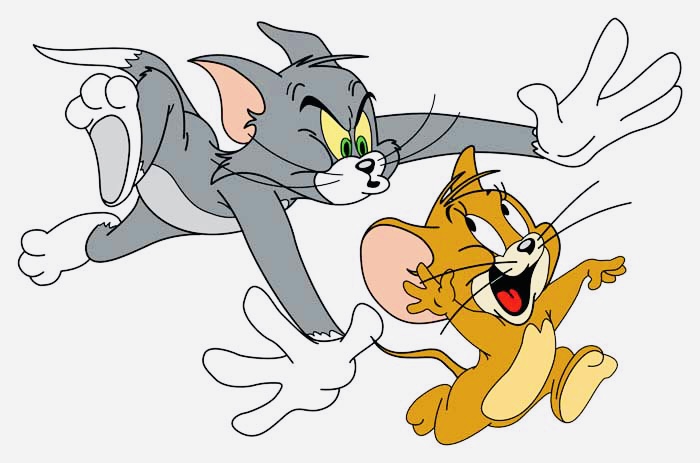
3. Bambi
First screen appearance: 1942. This adorable big-eyed deer originally appeared as the protagonist of Felix Salten’s book. In the 40s, the rights to it were bought by the Walt Disney Productions studio and, as it turned out, for good reason. The released cartoon instantly became a cult: according to the results of a survey in 2006, it is still considered the best Disney product. Bambi himself has long been a symbol of the struggle for animal rights.
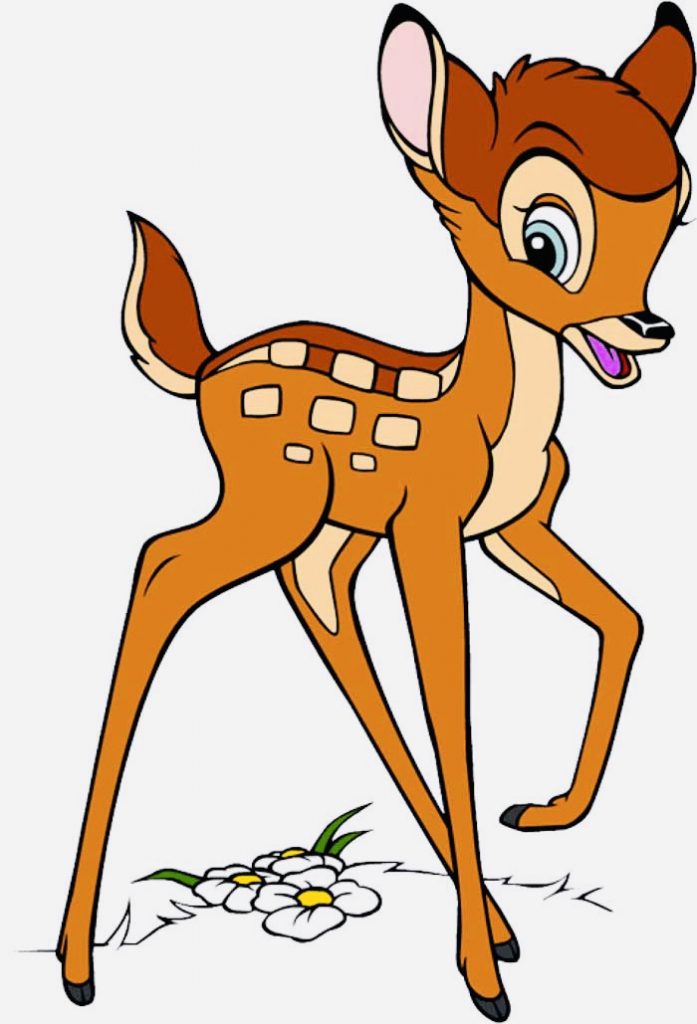
4. Scrooge McDuck
First screen appearance: 1952. Another Disney brainchild, this extremely stingy and ambitious drake personifies the American dream. The animated series DuckTales details the story of Skrugd: he emigrated to the United States from Scotland, made his initial capital during the Gold Rush, and gradually became the owner of a huge business empire, including an airline, a bank, oil and industrial enterprises.
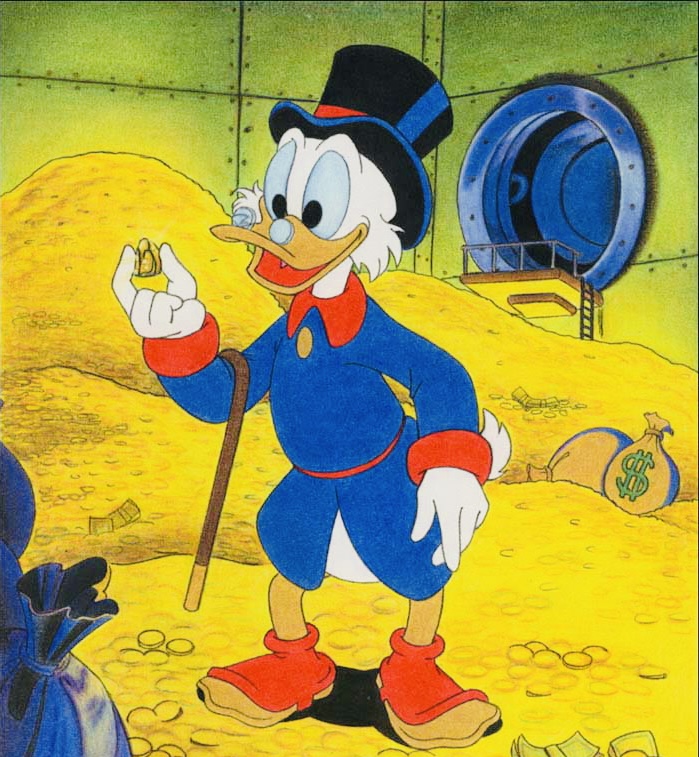
5. Teenage Mutant Ninja Turtles
First screen appearance: 1987. Mutant turtles living in the sewers, bearing the names of famous renaissance artists and fighting for justice around the world, were the favorite heroes of our childhood. Today, they are officially recognized as an animation classic of the 80s.
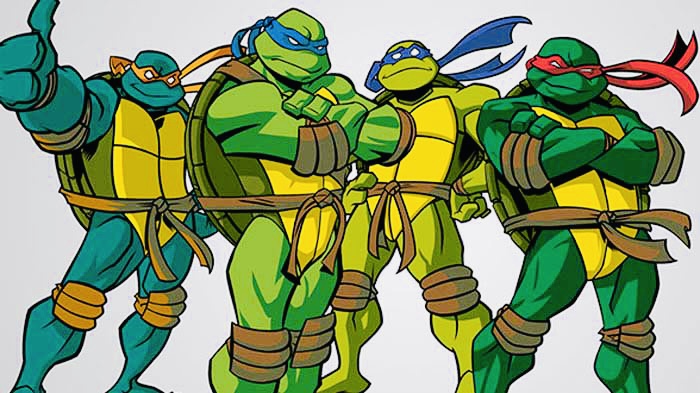
6. Winnie the Pooh
First screen appearance: 1988. “Vinnie, my dear Winnie! Gourmet Winnie the Pooh, bang from the branch to the ground! .. ”Children all over the world sing this song with pleasure, and for good reason: the teddy bear, the main character of Alan Milne’s book of the same name, turned out to be amazingly charming in the Disney interpretation. However, the Soviet Pooh came out no worse – his signature phrases performed by Evgeny Leonov are simply made for quoting. I have both, and you can do without bread!
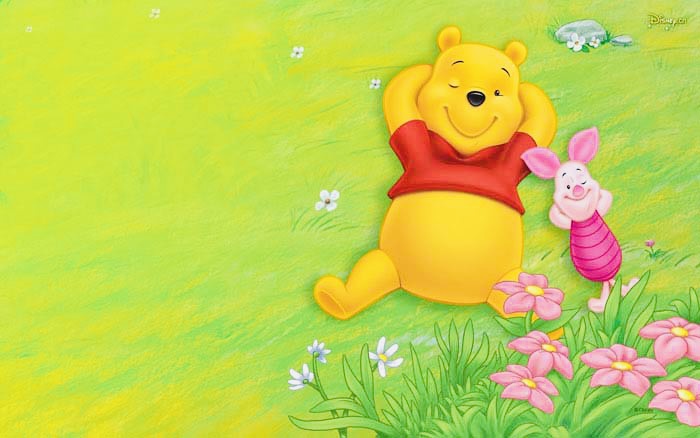
7. Pikachu
First screen appearance: 1997. The Japanese anime series Pokémon, inspired by the video game for Nintendo, has gained incredible popularity around the world. Most of all, the viewers remember Trainer Ash and his little yellow pet with a black lightning tail. Pikachu became the mascot of the series for a very simple reason: the target group indicated him as a character who, due to his cuteness, is able to influence the female audience.
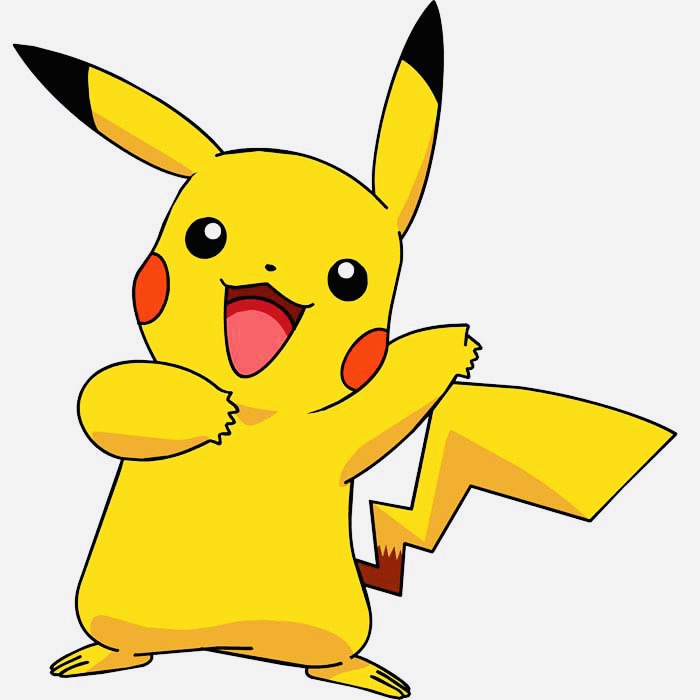
8. The Simpsons
First screen appearance: 1998. An average American family living in an equally average American town makes viewers follow the ups and downs of their life with interest. The series – by the way, the longest in the history of American television – can hardly be called children’s. However, that’s why we love him.
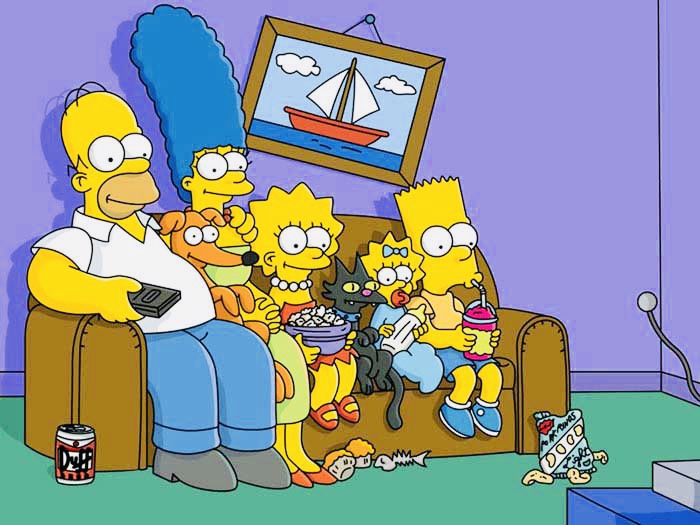
9. Sponge Bob Square Pants
First screen appearance: 1999. “Whooooo? Who lives at the bottom of the ocean?”. Yes, yes, this is it: a yellow sponge who wears square pants, lives in a pineapple house, is friends with a starfish and loves to fry burgers. Its creator, Stephen Hillenburg, taught marine biology at the Oceanographic Institute for several years, which is probably why the Bikini Bottom universe turned out to be so funny and realistic.
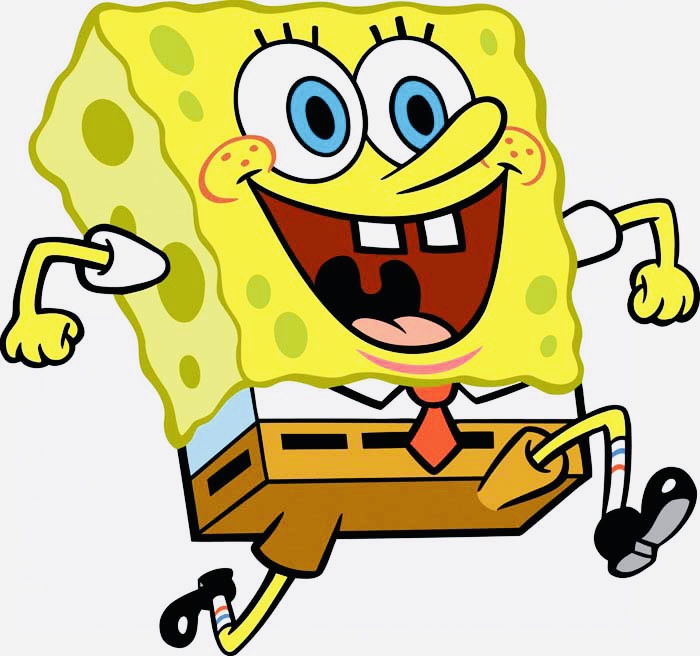
10. Shrek
First screen appearance: 2001. The good-natured green giant ogre, created by the Dreamworks studio, destroys fairy-tale stereotypes by the very fact of its existence. As the cartoon’s tagline says, “The Prince is not charming. The princess is not sleeping. Bosom friend does not help. The cannibal is a hero.” In general, the history of the cartoon is a postmodernist play on the plots and images of classic fairy tales.
